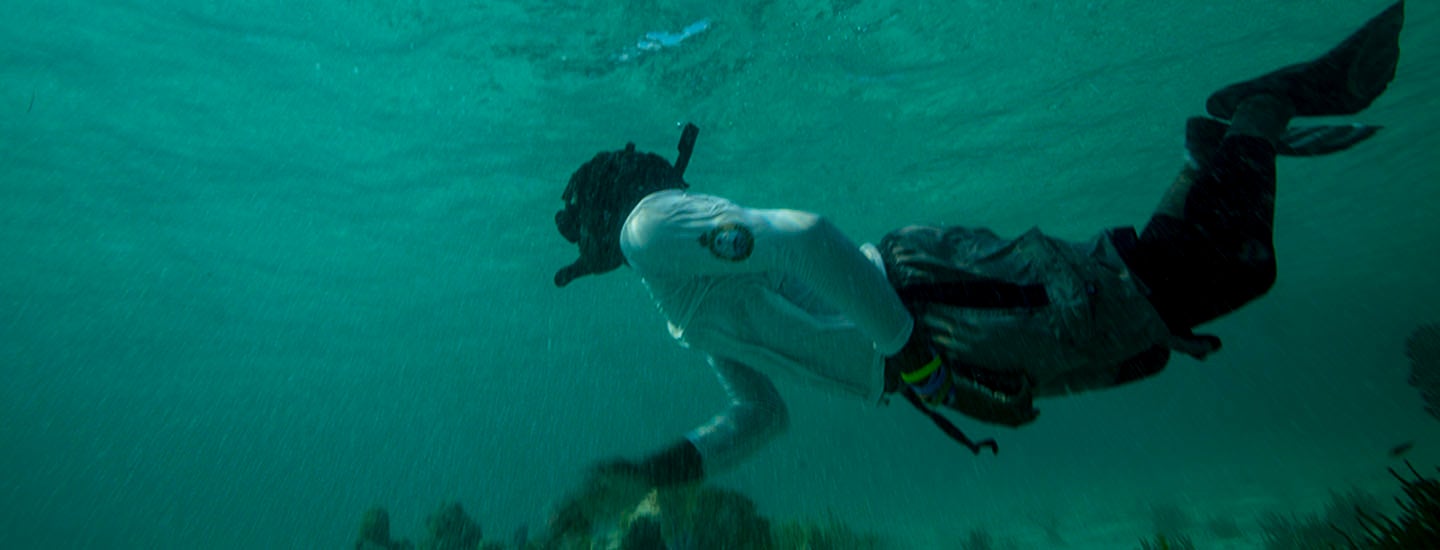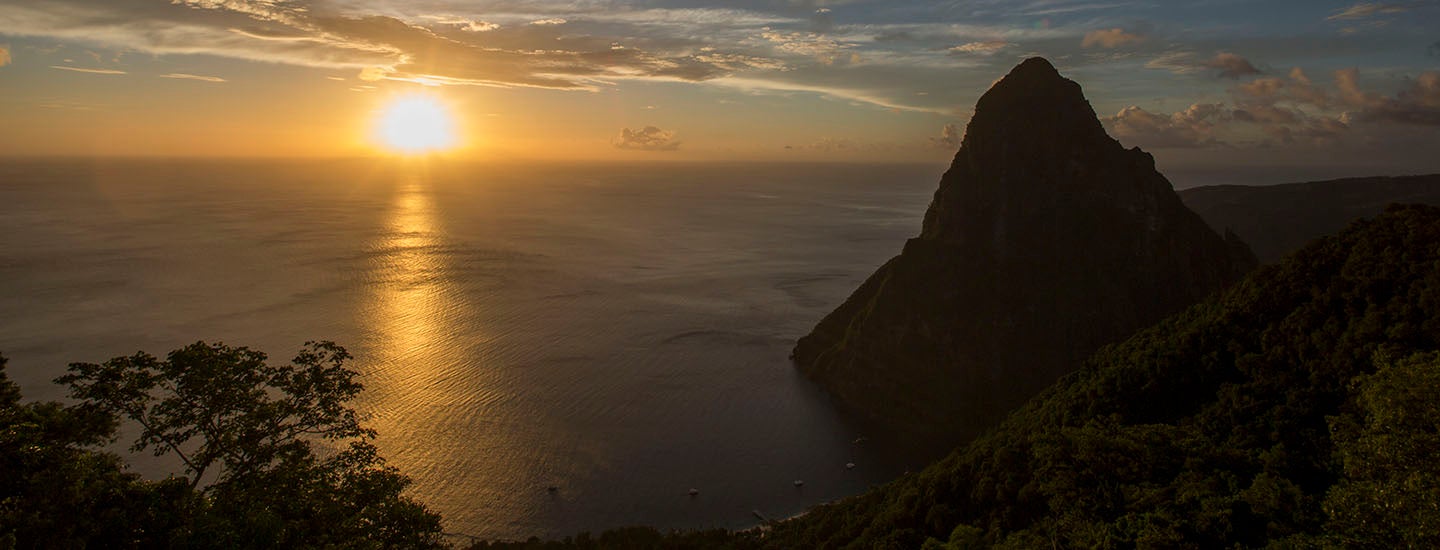The Bahamas
Restoring ridge to reef
When you imagine The Bahamas, you might see a tropical beach with beachgoers sipping fruity beverages, soaking up some sun and feeling the sand between their toes. And you would not be wrong! Tourism in this tropical paradise provides about 45% of the gross domestic product and half of the jobs here. All of this is made possible by the beautiful and complex marine and terrestrial ecosystems that make up The Bahamas and only thrive because of the wildlife species that live there.
The Bahamas is home to the third-largest barrier reef in the world, and more than 300 bird species (many of which depend on The Bahamas to rest and recharge on long migratory journeys). It is a part of the Caribbean Biodiversity Hotspot and includes multiple Key Biodiversity Areas—places that are of critical importance to the persistence of biodiversity and the overall health of our planet.
In addition, the unique ecosystems here, including seagrass beds and mangroves, lock away carbon even more effectively than tropical forests. Their protection is a critical part of solving the climate crisis. In combination with reefs, these priceless carbon sinks also protect communities from rising ocean levels, reduce the impact of hurricanes and provide habitat and breeding grounds for wildlife.
Unfortunately, not everything is sunshine and tropical rainbows in The Bahamas. Historically, deforestation as the result of agriculture, tourism, urban development—in addition to introduced predators—have been the biggest threats to the wildlife living here. More recently, climate change has unleashed monster hurricanes and tropical storms that not only destroy critical wildlife habitat, but also wreak havoc on an otherwise strong nature-based tourism industry.
Sharks and other marine life in the Caribbean Sea and Atlantic Ocean are also threatened by unsustainable fishing, reef destruction, and “dead zones” that result from agricultural runoff. Shark tourism in The Bahamas alone is valued at nearly $115 million annually!
The Re:wild solution
Re:wild works with partners to protect and restore The Bahamas on multiple fronts. We work with The Bahamas National Trust (BNT) to identify all Key Biodiversity Areas in the country and to propose that any KBAs not already safeguarded under law be included in the national protected area network that The Bahamas National Trust manages, or put under some sort of conservation management. This includes establishment of a monitoring system for all KBAs and the wider protected area network of The Bahamas.
In 2019, Hurricane Dorian devastated the Bahamian islands of Abaco and Grand Bahama. Although healthy coral reefs, extensive coastal mangrove forests, and the native pine forests here all provided some natural resilience, they were all badly damaged. Re:wild has since supported The Bahamas National Trust in studying the impacts of hurricanes on coral, mangroves and the Critically Endangered Bahama Nuthatch and Endangered Bahama Warbler, and is now working on a plan to reforest the mangroves and pine forests, which need significant restoration to support wildlife and the people that live on these islands.
Re:wild is also working with The Bahamas National Trust on wildlife crime prevention by implementing SMART—a software-based tool to detect and monitor threats to wildlife—across the entire protected area network in the country. SMART will be especially helpful in preventing poachers from hunting the country’s rare reptiles, shark fin fishers from illegally entering Bahamian waters, and other fishers from illegally fishing conch.
Top photo: Under the clear waters of The Bahamas. (Robin Moore, Re:wild)




